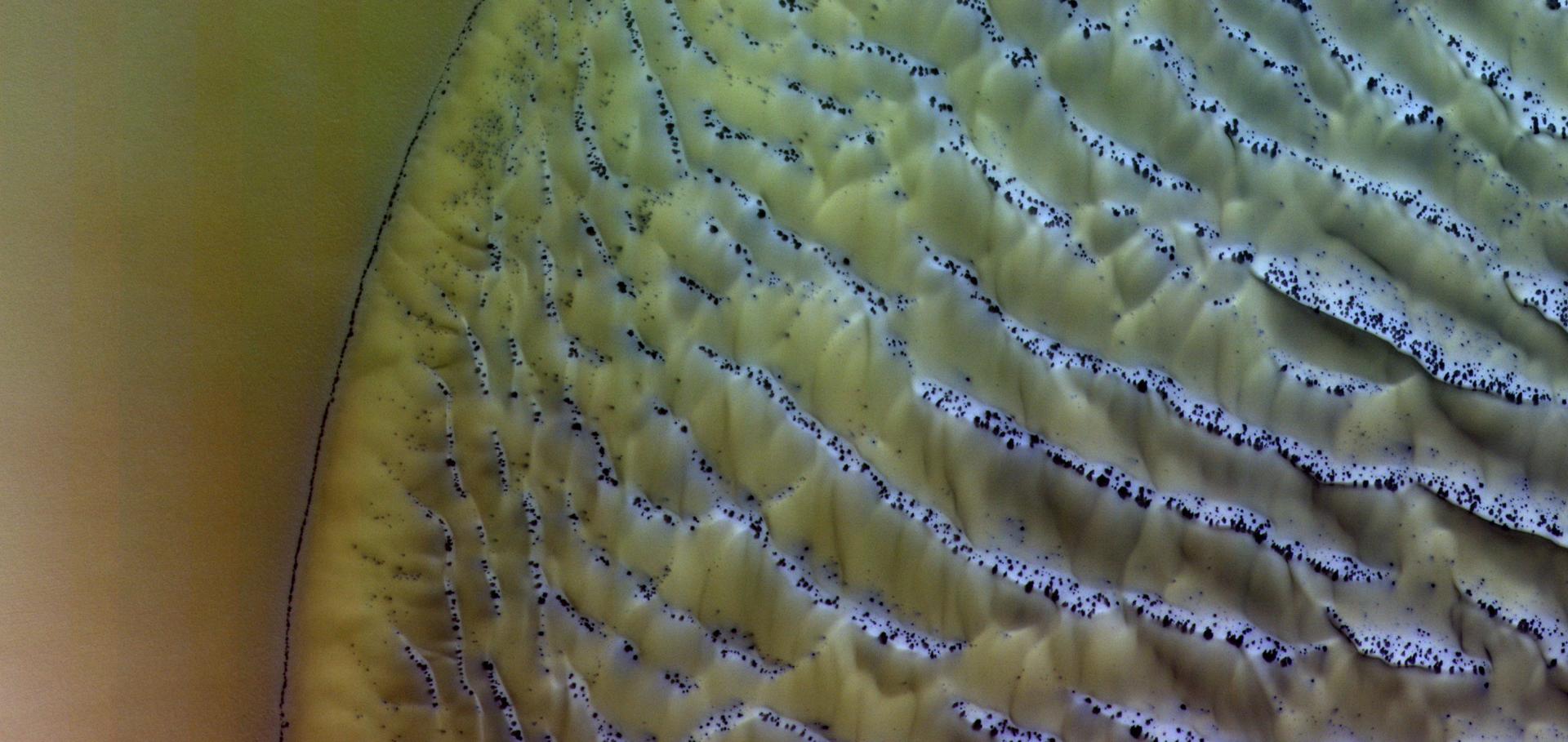Dust and Clouds on Mars: The View from Mars Express
Abstract:
European Space Agency’s Mars Express (MEX) has been orbiting Mars for 20 years and its instruments have provided a plethora of observations of atmospheric dust and clouds. These observations have been analysed to produce many unique views of the processes leading to dust lifting and cloud formation, and a full picture of the climatologies of dust and clouds has emerged. Moreover, the orbit of MEX enables viewing the planet at many local times, giving a unique access to the diurnal variations of the atmosphere. This article provides an overview of the observations of dust and clouds on Mars by MEX, complemented by the Trace Gas Orbiter that has been accompanying MEX on orbit for some years.Upper limits of HO2 in the atmosphere of Mars from the ExoMars Trace Gas Orbiter
Abstract:
Odd-hydrogen (HOx) species have a crucial role in regulating the chemistry of the atmosphere of Mars and are important to understand some of the most fundamental aspects regarding its atmospheric composition such as the long-term stability of CO2. Despite the key role of these species for our understanding of the Martian photochemistry, there is little observational evidence constraining their abundances. In this study, we use infrared solar occultation observations from the Atmospheric Chemistry Suite aboard the ExoMars Trace Gas Orbiter to search for spectral signatures of HO2 in the atmosphere of Mars. In our analysis of the data, we retrieve vertical profiles of pressure, temperature, and water vapour mixing ratio, but are unable to confidently detect the presence of HO2 features in the spectra. We report upper limits of 15 ppbv (5σ), which represents an order of magnitude improvement with respect to previous investigations. Comparing the derived upper limits with the expectations from 3-dimensional Global Climate Models, we find that approximately an order of magnitude improvement in the instrument sensitivity would be required to detect this molecule and/or constrain the models.Observed seasonal changes in Martian hydrogen chloride explained by heterogeneous chemistry
Abstract:
Aims. The aim of this work is to show that the seasonal changes and vertical distribution profiles of hydrogen chloride (HCl) on Mars, as observed by the ExoMars Trace Gas Orbiter, are consistent with the production of gas-phase chlorine atoms from airborne dust and a subsequent rapid uptake of HCl onto water ice particles.
Methods. A 1D photochemistry model was equipped with a chlorine reaction network and driven by dust, water ice, and water vapour profiles measured by the ExoMars Trace Gas Orbiter instrumentation in Mars year 34. The release of Cl and O atoms from airborne dust via the hydration and photolysis of perchlorate within dust grains was parameterised using prior laboratory studies, and the heterogeneous uptake of chlorine species onto dust and water ice was included for processes known to occur in Eartha's atmosphere.
Results. Observed seasonal variations in Martian HCl are reproduced by the model, which yielded low HCl abundances (<1 ppbv) prior to the dust season that rise to 26 ppbv in southern latitudes during the dust season. Structured atmospheric layers that coincide with locations where water ice is absent are also produced. As a consequence of the Cl atoms released via our proposed mechanism, the atmospheric lifetime of methane is shortened by two orders of magnitude. This suggests that the production of Cl induced by the breakdown of hydrated perchlorate via UV radiation (or another electromagnetic radiation) in airborne Martian dust, consistent with observed profiles of HCl, could help reconcile reported variations in methane with photochemical models.


